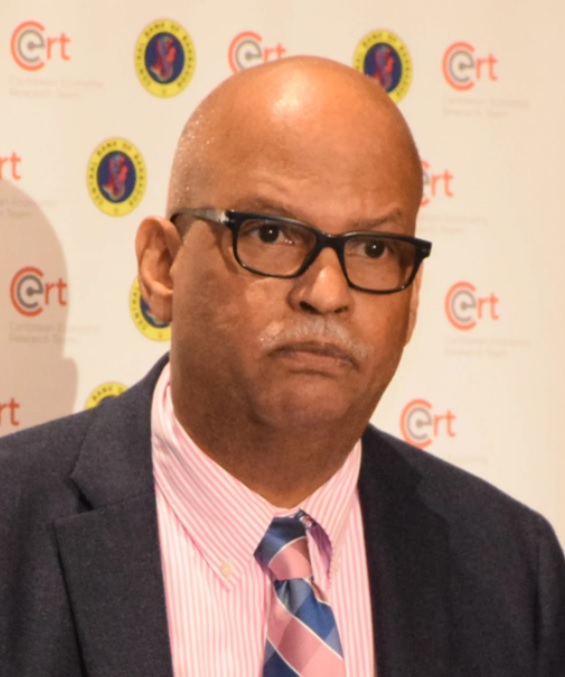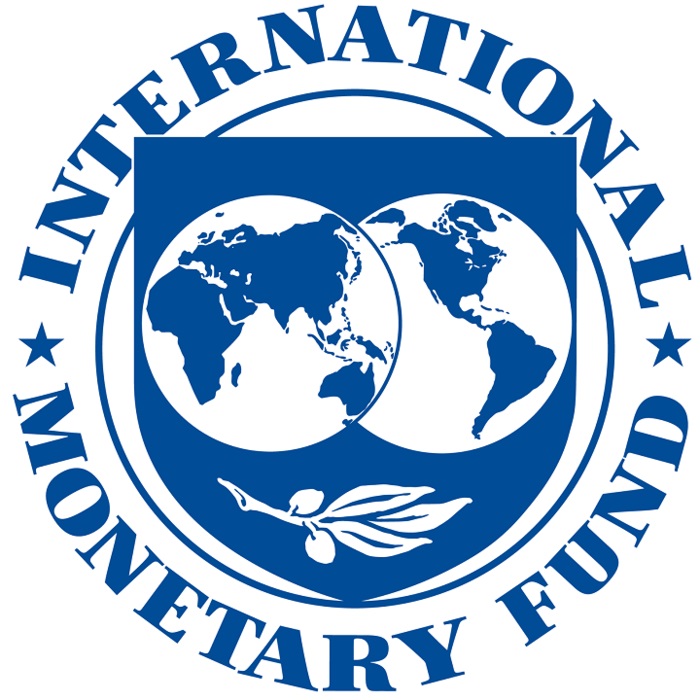Guyana’s booming economy driven by rapidly increasing oil production is expected to grow by about 30 percent on average per year during 2023-26. The International Monetary Fund’s 2022 Article IV Consultation Report estimated that Guyana’s commercially recoverable petroleum reserves will reach over 11 billion barrels, one of the highest levels per capita in the world. The substantial oil earnings can transform Guyana’s development path resulting in higher living standards, improved social indicators and a modern infrastructure together with substantial fiscal and external buffers to absorb shocks e.g., volatile oil prices. Simultaneously, Guyana following the Natural Resource Fund (NRF) framework can build up substantial intertemporal savings for future generations.
Vital to achieving the potential development gains is ramping up public investment to address infrastructure gaps and human development needs. This poses important policy challenges to a country managing massive natural resource wealth. These include establishing a transparent and fiscally prudent framework for the management of oil revenues. Guyana moved carefully but decisively to introducing the NRF legislation and making critical amendments to safeguard transparency and embed fiscal prudence. Importantly, Guyana exercised restraint in not using oil revenues before the passage of amendments to the NRF.
Guyana should maintain fiscal discipline and prudence by establishing a medium-term macroeconomic framework with an appropriate fiscal anchor including a path for public investment that is consistent with absorptive capacity constraints, thereby minimizing inflationary pressures and avoiding Dutch Disease. Accelerating public investment without recognizing absorptive capacity constraints has typically been an important cause of Dutch disease in developing countries. Prominent development economists argue that with a booming natural resource sector since government receives a large portion of resource revenues, the public-sector booms alongside the resource sector. Therefore, with substantial revenues government can finance a significant increase in public spending that can substantially increase demand in the economy hitting absorptive capacity constraints with supply bottlenecks as supply is unable to match demand resulting in inflationary pressures and causing Dutch disease type effects over the medium term.
The IMF 2022 Article IV Consultation analyzes the issue of a path for public investment over the medium-term that is consistent with economic stability and does not result in macroeconomic distortions or Dutch disease type effects. It analyzes the macroeconomic impact of scaling up the pace of public investment under a baseline scenario and an alternative ‘aggressive’ scenario.
In the ‘aggressive’ scenario public investment efficiency is assumed to increase steadily from 59 percent to 70 percent, reflecting absorption constraints e.g., supply bottlenecks associated with rapid increases in public investment. The modeling results indicate that a modest increase in public investment over the medium term will not crowd out private investment and not generate Dutch disease type effects. However, in the aggressive scenario where public investment is increased at a faster pace Dutch disease type effects are present. The simulations are indicative of the importance of ramping up public investment at a steady, measured pace rather than a sharp acceleration.
In addition, the results support the IMF’s recommendation that Guyana establish a medium-term fiscal framework that sets a target for the annual non-oil overall fiscal deficit (after grants) to not exceed the expected transfer from the NRF. This will anchor fiscal policy in the short term in Guyana and ensure that fiscal spending including public investment increases at a moderate pace consistent with maintaining economic stability over the medium-term. The framework includes a zero overall fiscal balance anchor, that is, a zero fiscal deficit as a percentage of GDP. Importantly, the proposed path for public investment includes the assumption stated above that public investment efficiency improves.
Targeting an improvement in investment efficiency requires improving public investment management. The experience of other developing countries managing natural resource wealth highlights the importance of effective public investment management. The experience of Ghana (small oil producing country) indicates that effective natural resource wealth needs to supplement a prudent oil revenue management framework with a strong and effective public financial management system, and a robust public investment management (PIM) framework.
The IMF’s conducts public investment management assessments (PIMAs) for individual countries. The PIMAs re the IMF’s key tool for assessing infrastructure governance over the full investment cycle and supporting economic institution building in this area. In 2017 the IMF undertook a PIMA (reported in the 2022 Article Iv Consultation Report) estimated that despite a relatively high capital stock, Guyana has an estimated efficiency gap of 41 percent. This is much higher than the average for Latin America and the Caribbean at 30 percent and 27 percent in the Emerging Market Economies. The assessment for Guyana pointed to key areas for improvement in public investment management including:
- Establish a rules-based fiscal framework. As mentioned above Guyana needs a medium-term fiscal framework with an appropriate fiscal anchor.
- Establish and make public a policy framework on Public-Private Partnerships (PPPs).
- Enhanced monitoring of State-Owned Enterprises (SOEs) to coordinate their investments guarding against an acceleration of public investment and contain potential fiscal risks. Adequate resources and expertise should be provided to the appropriate unit in the Ministry of Finance to undertake this task.
- At the start of the budget cycle include ceilings on capital for individual government Ministries and Agencies. This would require these entities to correctly cost their investment plans and supported by discipline at cabinet level to not deviate from the chosen public investment path.
- Provide guidance and training in project preparation and appraisal.
It is vital that Guyana address the weaknesses highlighted in the PIMA Report and implement the recommendations.
In conclusion, the Guyana authorities have established a record of commitment to fiscal prudence, and it is vital this is maintained in the management of large natural resource wealth. The foundations have been put in place with the NRF and the key amendments. Putting in place a medium-term fiscal framework with an appropriate fiscal anchor is needed to complement the NRF. Effective public investment management that establishes a path for public investment over the medium-term in the fiscal framework that recognizes absorptive capacity constraints is vital to medium to long-term economic stability. This should be complemented by strengthening the institutional arrangements for public investment implementing the recommendations for the IMF’s PIMA that is accepted as the tool for guiding effective governance of public investment.
Dr. Meredith Arnold McIntyre has been an economist for over 30 years. He has worked in a variety of Caribbean regional institutions including the Caribbean Development Bank, Organization of Eastern Caribbean States, and the Caribbean Regional Negotiating Machinery in the 1990s. Dr. McIntyre joined the International Monetary Fund (IMF) in February 2001 and worked on countries in Africa and the Caribbean including leading IMF country team missions to Guyana. Dr. McIntyre has published a book and a variety of articles on issues in macroeconomic and trade policy in small states. He is currently an Associate, Manchester Trade Ltd and a Fellow with the Caribbean Policy Consortium.





